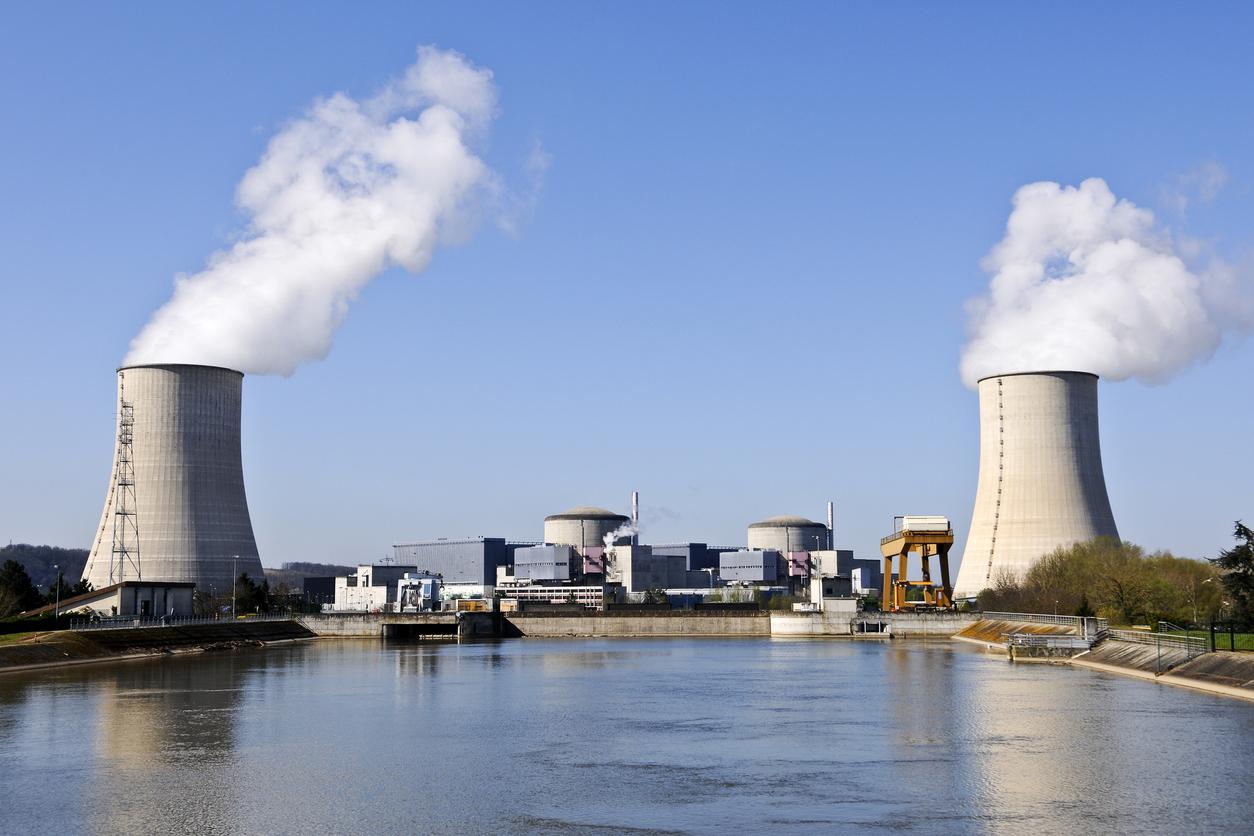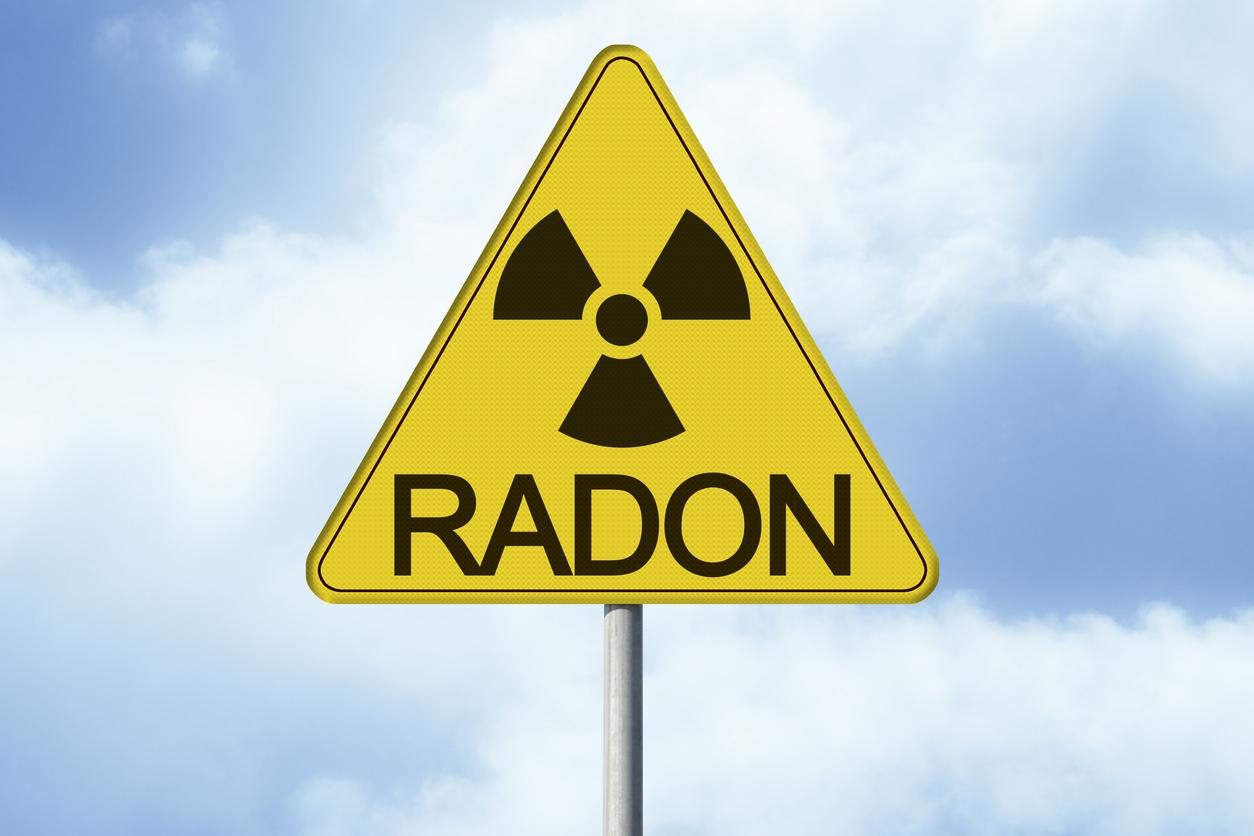Researchers examined the links between exposure to ionizing radiation of 300,000 former nuclear workers and their risk of developing hematological cancers.

- Researchers gathered data from more than 300,000 people monitored for radiation exposure, all employed at nuclear facilities between 1944 and 2016.
- The results showed a positive association between prolonged exposure to low doses of ionizing radiation and an increase in mortality from hematological cancers. Starting with myelodysplastic syndromes, Hodgkin’s and non-Hodgkin’s lymphomas, as well as multiple myeloma.
- While the overall health risk remains low, researchers believe that the proven link between total radiation exposure and these diseases fully justifies a review of radiation safety standards in the nuclear sector, in order to protect workers on the site. long term.
What are the repercussions of ionizing radiation on the health of people working in the nuclear sector? A recent update of theInternational Nuclear Workers Study (INWORKS), an international epidemiological study, has just provided new elements of answers, after having examined the risks of cancer among workers exposed to this radiation over several decades.
A link between exposure to radiation and hematological cancers
To do this, researchers at the University of California at Irvine (United States) gathered data from more than 300,000 people monitored for their exposure to radiation. Originating from three countries (France, United Kingdom and United States), all had been employed in nuclear installations between 1944 and 2016. The objective was to evaluate the potential links between prolonged exposure to low doses of radiation and the risks of developing hematological cancers such as leukemia, lymphoma and multiple myeloma. “Historically, it is well established that radiation exposure is a major risk factor for leukemia, with the exception of chronic lymphocytic leukemia”recalls a press release.
As part of their work, published in The Lancet Haematologyscientists used Poisson regression methods to analyze the absorption of radiation by bone marrow, a tissue particularly sensitive to the effects of radiation. As expected, the results showed a positive association between prolonged exposure to low doses of ionizing radiation and an increase in mortality from hematological cancers. Starting with myelodysplastic syndromes (bone marrow diseases), Hodgkin’s and non-Hodgkin’s lymphomas, as well as multiple myeloma.

Radiation: nearly 400,000 workers monitored in France
But at such levels of exposure, the overall health risk remains low, the study tempers. However, researchers believe that the proven link between total radiation exposure and these diseases fully justifies a review of radiation safety standards in the nuclear sector, in order to protect workers in the long term. In France, around 393,000 workers are monitored for their potential exposure to ionizing radiation, according to the authorities. Among them, only a quarter are actually exposed workers.
Note that beyond the nuclear sector, with the rise of medical imaging, the number of employees exposed to ionizing radiation each year has increased worldwide: 13 million people, according to the latest report from the International Atomic Energy Agency, spotted by Ouest France.


















